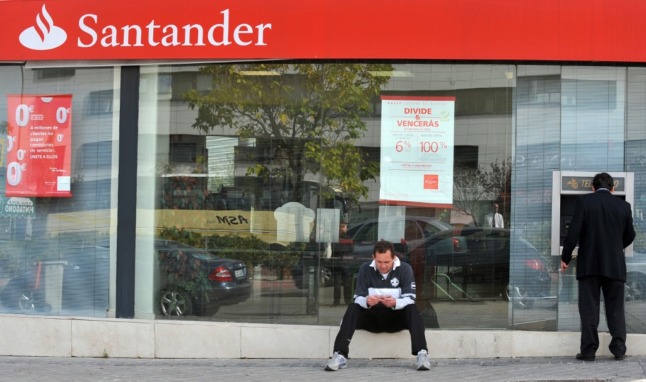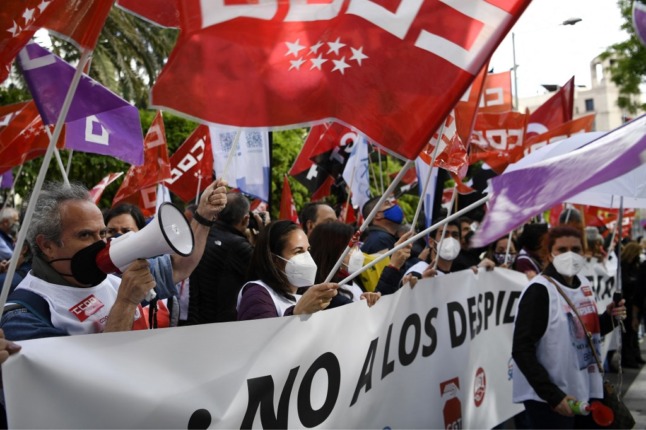Moving from an English-speaking country to a European country did not pose a huge challenge, since we previously lived in Belgium, where we picked up French quite easily, ‘though Flemish was a bit more challenging.
We pounced so quickly on our house purchase and migration process, that we had no time to begin learning Spanish before we arrived, although we did try some online basic lessons.
On arrival, we relied on the patience of locals, Spanish-speaking friends, and Google Translate to get by. Our initial conversations began and ended with “hola”.
The long-suffering Isabella, in our favourite café, helped us to stammer our way through the Menu Del Dia each day until we could order things that we actually wanted to eat, not only those ítems we could pronounce!
Only one of our wonderfully friendly neighbours is English, the rest Spanish: old, established local families. They have embraced us as one of them, and as we have gained confidence and competence, we now manage to pass the time of day reasonably well.
We have also adopted the local obsession with weather in all its forms, ‘though even this can be tricky. I have now learned to say: “hace mucho calor”, and not “soy muy caliente” – which, to the amusement of our postman, I did one summer morning, when he delivered the mail! I don’t know whether the poor man thought his luck was in or out, but he smiled sweetly and said: “si hace mucho calor hoy!”
We Aussie chicas, apparently, have an unfortunate reputation for being a bit “free”, and, sadly, my efforts have done nothing to erase that slur!
On another occassion, while chatting about gardening, and the keeping of small farm animals with our lovely neighbour Belen, I cheerfully informed her: “Quiero tener cuatro pollas” then asked her: “Puedo entrar a tu granero para ver a tu coño?”
To her eternal credit, her smile froze only momentarily, the corner of her mouth twitched almost imperceptibly, and she softly corrected me: “Conejo. Te gustaría ver me conejo?” From this Belen I have learned so much about local lore, customs and seasonal gardening. I am surprised that she still speaks to me at all!
We now have a weekly lesson with a local teacher, who also gives us examples of Gallego translation, which help immensely, as locals seem to mix the two languages freely, beginning a sentence in Castellano and finishing in Gallego.
We progress, like our renovations, “poco a poco”, forever grateful to the grace and generosity of spirit we encounter in our new countrymen. Our experience has made us much more empathic towards migrants to Australia who do not have English as a first language. And I am more careful.
READ MORE:





 Please whitelist us to continue reading.
Please whitelist us to continue reading.
I’m sure that we’ve all committed similar errors, Heath! Luckily many of us were pre-warned about those that you have mentioned above, although my husband told me that he was so concerned about not ever saying that he was “muy caliente”, that he blurted it out in a conversation with the head housekeeper of the complex that he was working in as a service technician. Apparently, she just smiled!